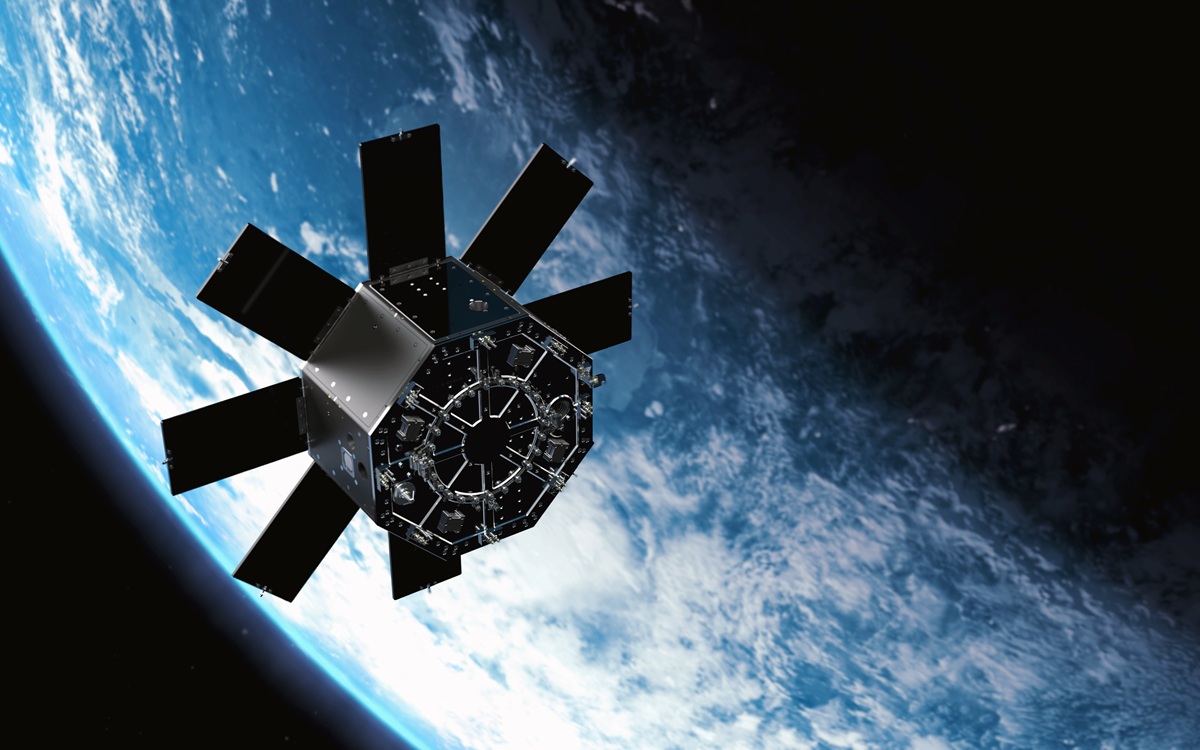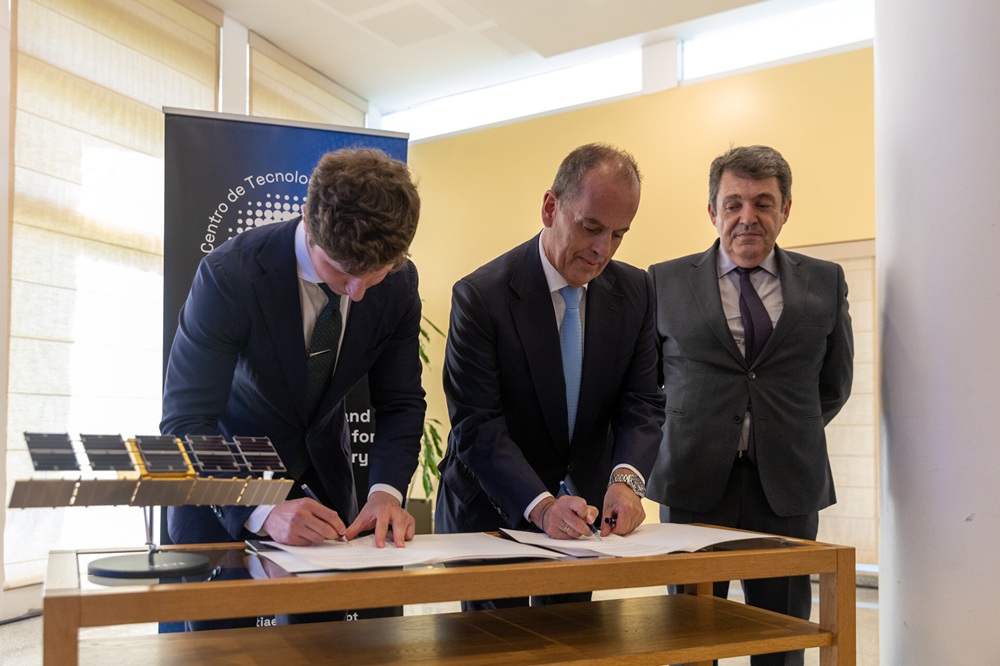Tysons, Virginia: In a significant achievement for global mobile connectivity, Omnispace, Gatehouse Satcom, and Nordic Semiconductor have successfully demonstrated a 5G narrowband Internet of Things (NB-IoT) system operating over a non-geostationary orbit (NGSO) satellite in the S-band spectrum. This breakthrough validates the feasibility of satellite-based 5G NB-IoT communications using NGSO satellites with transparent payload architectures, signaling a major advancement in extending 5G IoT services worldwide.
The demonstration involved transmitting a 5G NB-IoT signal via Omnispace’s F2 NGSO satellite, with five terminals successfully sending and receiving data through the satellite link. This trial builds on prior feasibility studies by Omnispace and Gatehouse Satcom, showcasing the practical deployment of standards-based 5G IoT services over non-terrestrial networks (NTNs) powered by NGSO satellites.
Central to the demonstration was Nordic Semiconductor’s nRF9151 low-power system-in-package (SiP) module, recognized as the smallest cellular IoT solution with industry-leading battery life. The module integrates an LTE-M/NB-IoT modem optimized for satellite and NTN connectivity, supporting a broad range of 5G NB-IoT use cases with compatibility for emerging 3GPP standards. This innovation enables low-power IoT devices to maintain connectivity in remote or infrastructure-limited areas, facilitating applications such as asset tracking, remote monitoring, and industrial IoT.
Ram Viswanathan, President and CEO of Omnispace, emphasized the significance of the milestone: “This demonstration marks a key step in making global, seamless 5G IoT connectivity a reality. Working with Gatehouse Satcom and Nordic Semiconductor, we are demonstrating what’s possible for the future of global communications, including powerful NGSO satellite solutions that seamlessly integrate with existing 5G terrestrial cellular networks”.
Jesper Noer, Vice President Commercial at Gatehouse Satcom, highlighted the adaptability of their 5G NTN NB-IoT NodeB technology: “We’ve engineered our solution to operate across GEO, MEO, and LEO orbits, and this demo with Omnispace proves its adaptability under real NGSO conditions. It’s especially exciting to see the software perform in S-band, where transparent payload architectures introduce new technical dynamics. Omnispace brings a strong vision for interoperable, global coverage, and we’re proud to help turn that vision into practical, standards-based progress”.
Kristian Sæther, Product Director, Long-Range at Nordic Semiconductor, added, “This breakthrough enables low-power IoT devices to connect via satellite in remote or infrastructure-limited areas, supporting use cases such as asset tracking, remote monitoring, and industrial IoT. We are excited about the potential of this solution to accelerate global IoT adoption across industries that rely on resilient and true global coverage”.
The successful demonstration paves the way for satellite-enabled NB-IoT solutions to unlock reliable, cost-effective IoT connectivity across diverse sectors including smart agriculture, utility metering, environmental monitoring, asset tracking, and remote infrastructure logistics. By leveraging NGSO satellites and integrating with terrestrial 5G networks, this technology promises ubiquitous, seamless IoT connectivity anywhere on the planet.
Omnispace, headquartered near Washington D.C., is pioneering a global hybrid 5G network by combining a non-geostationary satellite constellation with terrestrial mobile networks to deliver interoperable, direct-to-device connectivity worldwide. Gatehouse Satcom, based in Denmark, specializes in advanced 3GPP-compliant satellite communication software for non-terrestrial networks, while Nordic Semiconductor leads in low-power wireless connectivity solutions, including cellular IoT and NTN technologies.
This milestone demonstration underscores the accelerating convergence of satellite and terrestrial networks, heralding a new era of global 5G IoT connectivity that promises to transform industries and enhance connectivity in even the most remote locations.





